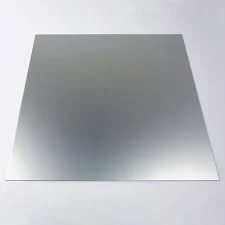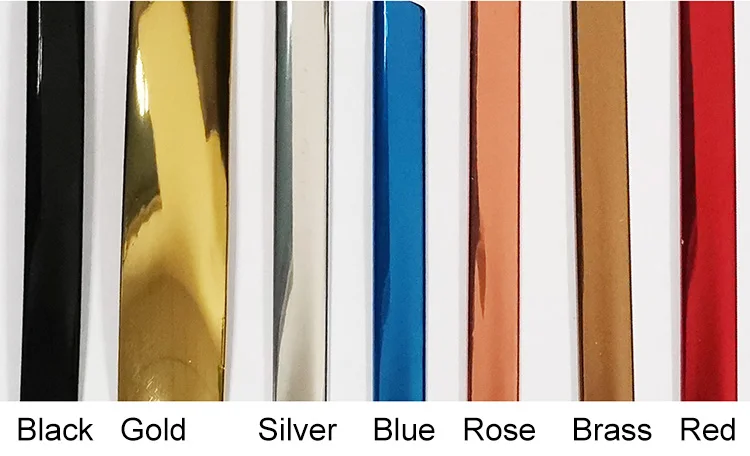In conclusion, double-sided solar panels present a transformative opportunity in the solar energy landscape. By harnessing sunlight from both sides, these panels enhance energy efficiency, optimize land use, and contribute to environmental sustainability. As technology continues to advance and costs decrease, bifacial solar panels may soon become a standard in solar installations, paving the way for a greener, more energy-efficient future. With continued investment and innovation, the potential for double-sided solar energy is vast, making it a key contender in the global transition toward renewable energy sources.
 Home
Home






